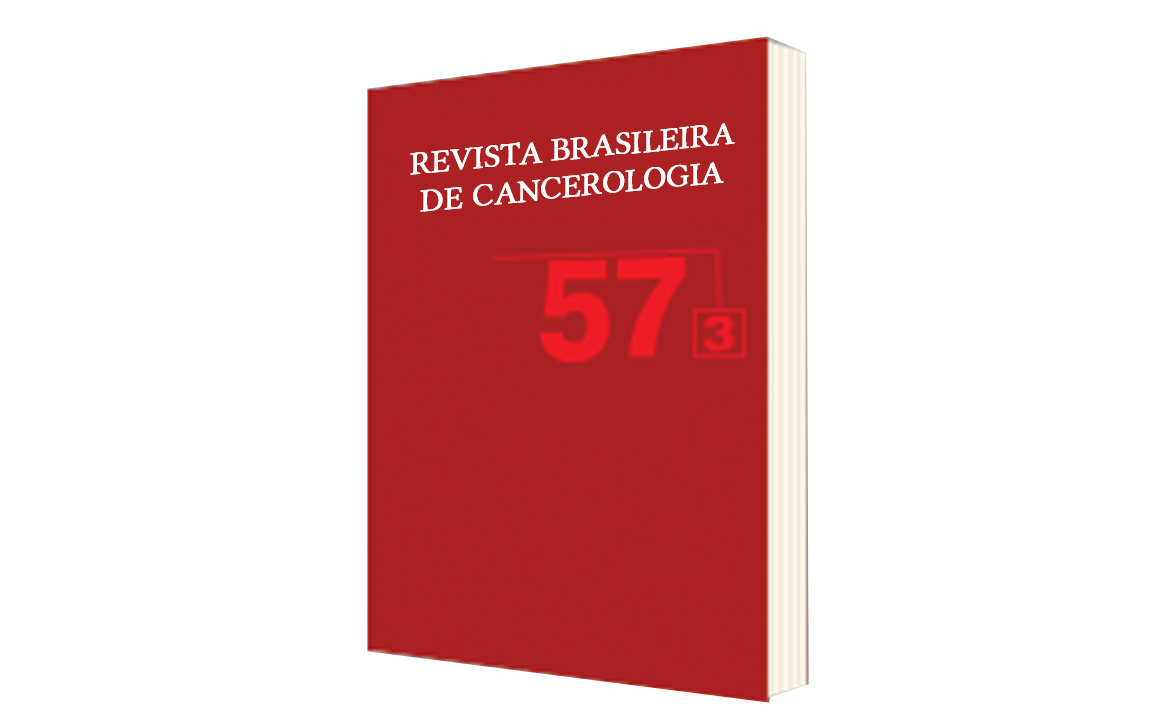Tobacco and Health-Related University Students in the City of Rio de Janeiro
DOI:
https://doi.org/10.32635/2176-9745.RBC.2011v57n3.665Keywords:
Smoking, Professional Role, Professional Training, Epidemiologic SurveillanceAbstract
Introduction: A strategy to reduce tobacco-related deaths is to have skilled healthcare professionals who may get involved in tobacco prevention and cessation counseling. Objective: To evaluate the importance of tobacco smoking among health-related university students in the city of Rio de Janeiro. Method: A Census of students attending the 3rd year of both public and private Medicine, Dental and Pharmacy courses as well students attending the 3rd year of public nursing courses was conducted in 2006/2007 in Rio de Janeiro. A total of 1,525 students participated. Results: Cigarette smoking prevalence was 14.6%, whereas 5.7% reported smoking other tobacco products. Almost 70% were occasional smokers and around 34% of smokers stated having smoked tobacco products inside university buildings. More than 90% believed that healthcare professionals should receive formal training in smoking cessation approaches and advise individuals to quit, but roughly 30% did not consider healthcare professionals as role models. More than 85% were taught about the dangers of smoking during their courses and, in a lower proportion, about its secondhand effects. However, approximately 80% have not yet received any formal training in smoking cessation by their 3rd year at university. Conclusion: Monitoring tobacco prevalence among students must be a priority at University, mainly because of its high prevalence of occasional smokers. The monitoring of the law that prohibits smoking in enclosed places could create barriers against tobacco use. It is also important that both health and education sectors work together to evaluate whether issues such as influence of healthcare professionals upon their patients and formal training are taught after 3rd year or not.









